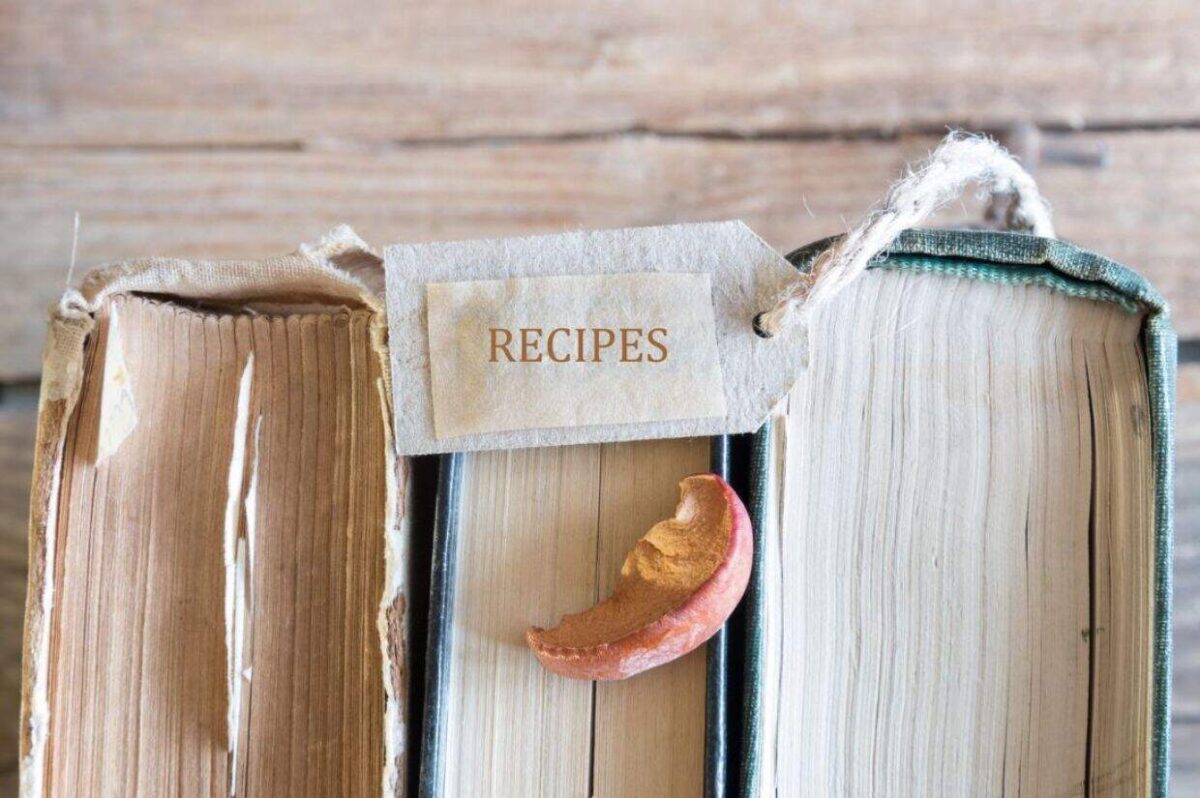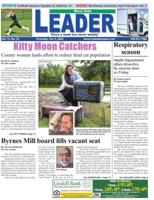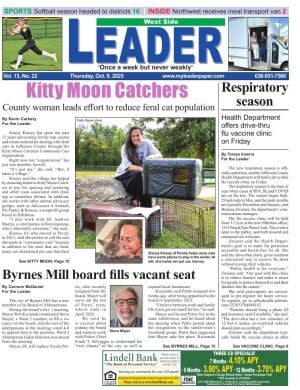Fox Business reports that a signed first edition cookbook by James Beard was recently listed for $1,200. A tattered spiral-bound collection of church recipes or a first edition of Julia Child’s “Mastering the Art of French Cooking” might look like ordinary kitchen bookshelf fare. Yet in today’s collecting world, both could fetch surprising sums at auction or online.

Long overlooked on dusty shelves, vintage cookbooks are enjoying a revival. Collectors, food lovers and nostalgia seekers drive prices higher, turning once-humble recipe guides into coveted cultural artifacts. For some families, that dog-eared community cookbook inherited from a grandmother could be worth far more than sentimental value.
The market for old cookbooks
Country Living Magazine reported this summer that vintage cookbooks may be worth hundreds of dollars. Online auctions and resellers report brisk sales, while antique shops and used bookstores note that titles rarely stay on the shelves for long.
“Big names like Julia Child, James Beard and Craig Claiborne, along with publications like Betty Crocker and Better Homes & Gardens, can all bring substantial amounts on the resale market,” says Willow Wright, owner of Urban Redeux, an Alexandria, Virginia-based vintage shop specializing in books and home goods.
Some examples are eye-catching. Raptis Rare Books lists a Julia Child first edition “Mastering the Art of French Cooking: Volumes 1 & 2” for a cool $12,000. Mid-20th-century publications from corporate test kitchens, community groups and women’s clubs, once sold for just a few dollars, now draw attention for their quirky charm and historical value.
What makes a cookbook valuable
Not every old recipe book is worth a small fortune. Several factors determine value: rarity, cultural importance and condition.
“The resale value of any book often depends on its condition and printing,” Wright said. “First editions or original publications in good physical shape, especially with the dust jacket intact, will usually command higher prices.” Signed copies increase appeal, and so do books linked to well-known chefs or culinary movements.
At the same time, regional cookbooks and specialty topics, from Cajun cuisine to Depression-era home cooking, attract enthusiasts seeking a snapshot of food culture from specific times and places. A group of Creole cookbooks, including The Picayune Creole Cookbook and The Art of Creole Cookery, among other titles, sold for $ 2,100 in November 2022. These books originate from Southern American or Creole cuisine, demonstrating collector value for cookbooks from this region.
Experts point out that marginalia, or handwritten notes, can sometimes add to value, especially when they provide insight into how cooks actually used the recipes. Others prefer pristine editions untouched by spills or scribbles.
Where to find vintage cookbooks
Cookbook hunting rarely happens in sterile auction rooms. More often, treasures turn up in the overlooked corners of everyday life.
Antique shops, flea markets and estate sales frequently yield forgotten collections. Library book sales and thrift stores may also provide fertile ground for bargain hunters. And increasingly, collectors browse online marketplaces and specialty booksellers where vintage titles are carefully cataloged and priced.
“I recently picked up a mid-century community cookbook in excellent condition, and while it wasn’t a household name title, the rarity and condition made it very desirable,” Wright said.
That means some of the most valuable finds may already be in kitchens across the country. Families who have saved decades of cooking guides, recipe books, church fundraiser recipe collections or old magazine compilations could be sitting on hidden gems.
Cooking versus collecting
Unlike other collectibles, cookbooks serve a dual role: practical kitchen tools to learn ancient arts like fermenting vegetables, and as historical documents. Some buyers may use vintage books daily, recreating recipes for molded salads, pioneer sourdough starter or 1970s casseroles.
Others could collect them strictly for display or research. Culinary historians, for example, view cookbooks as windows into how Americans ate, shopped and thought about food at different points in time.
Social media may have also played a role in the comeback. Retro recipe accounts on TikTok and Instagram revive gelatin desserts, classic holiday casseroles and mid-century cocktail party spreads. That exposure may feed the demand for the original recipe sources.
Preserving value
For collectors, protecting the physical condition of vintage cookbooks is crucial. Paper quality varies widely, and many older editions are fragile.
“Like any book, storing cookbooks away from direct light and moisture will help keep them in good shape for years to come,” Wright advised.
Experts recommend keeping valuable editions on shelves far from the kitchen stove. Archival sleeves or storage boxes can prevent wear, while digitizing recipes allows owners to cook from copies rather than handling delicate originals.
The future of cookbook collecting
As physical media becomes less common in the digital age, the appetite for tangible cookbooks appears to be strengthening. Collectors believe demand will remain strong as younger generations discover the nostalgia and artistry in these volumes.
“Martha Stewart’s books are also becoming collectible, thanks to her resurgence in popularity and the buzz around her Netflix documentary,” Wright noted.
Celebrity chefs of the late 20th and early 21st centuries may be tomorrow’s big sellers, especially if their works go out of print. Meanwhile, regional and community cookbooks may grow in value as unique cultural records.
More than recipes
Whether tucked away in a kitchen drawer or displayed proudly on a bookshelf, vintage cookbooks are more than just instructions for dinner. They carry family stories, reflect changing social norms and sometimes deliver a financial windfall.
For readers, the message is simple: those worn recipe collections deserve a second look. A forgotten church fundraiser book, a faded paperback from the 1940s or a glossy first edition may be worth more than you know, both in memories and in market value.
Sarita Harbour is a food, finance and lifestyle writer. She created Recipes From Leftovers to help people make delicious meals while saving money and reducing food waste.
The post Your vintage cookbook collection may be worth more than you know appeared first on Food Drink Life.


